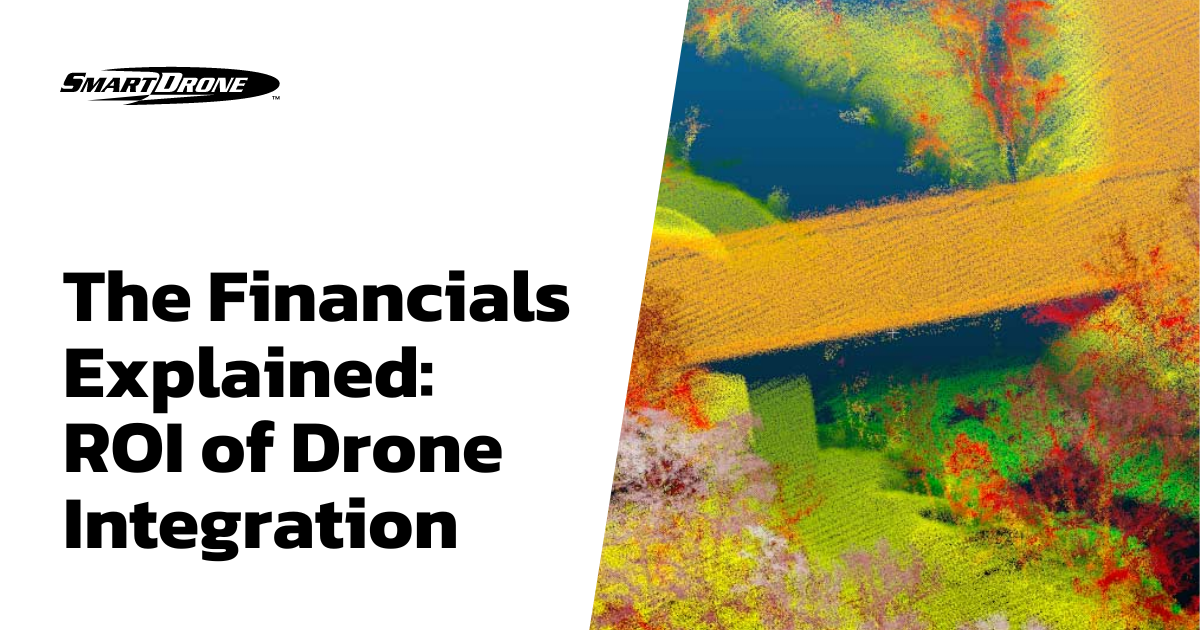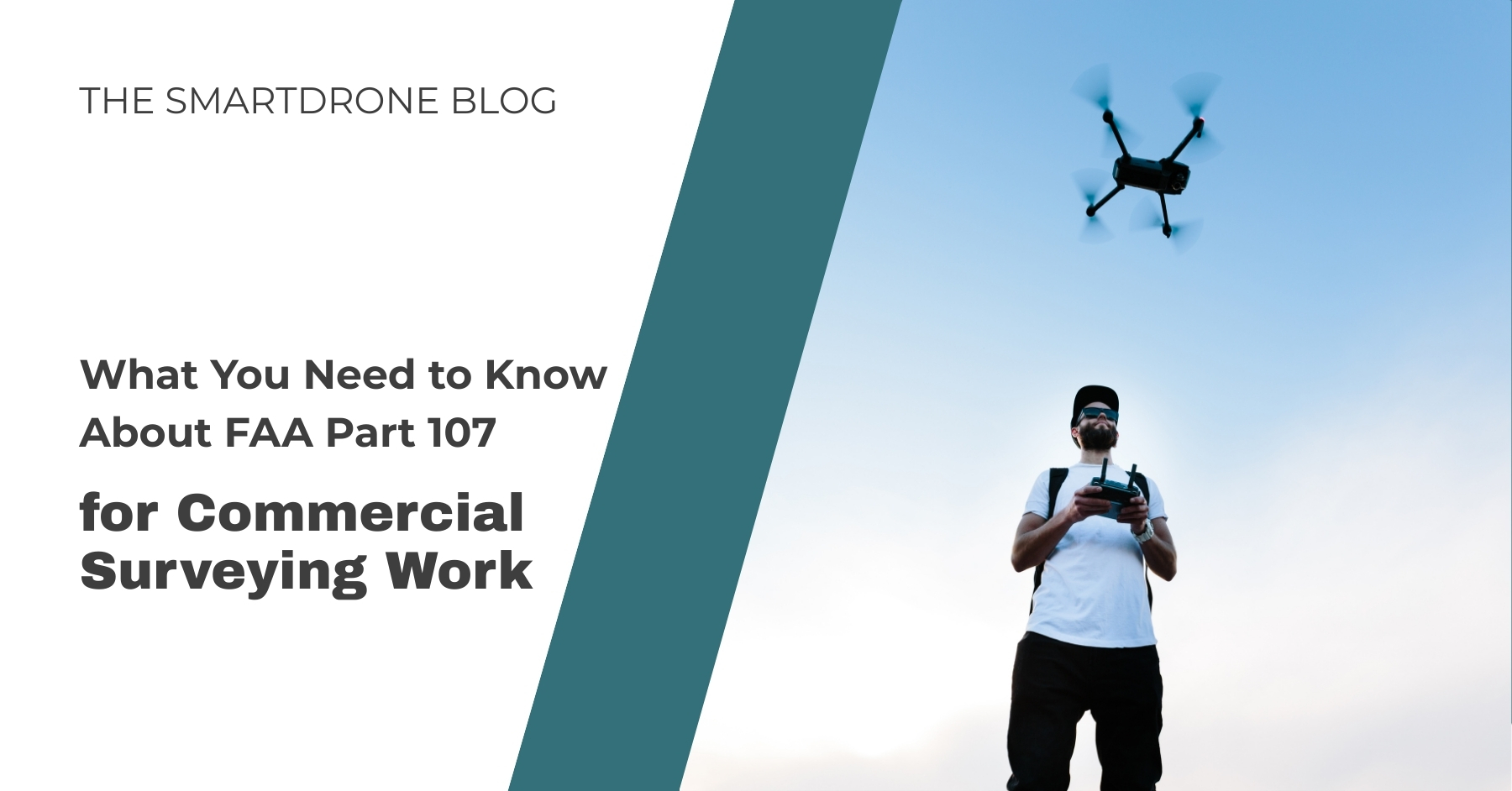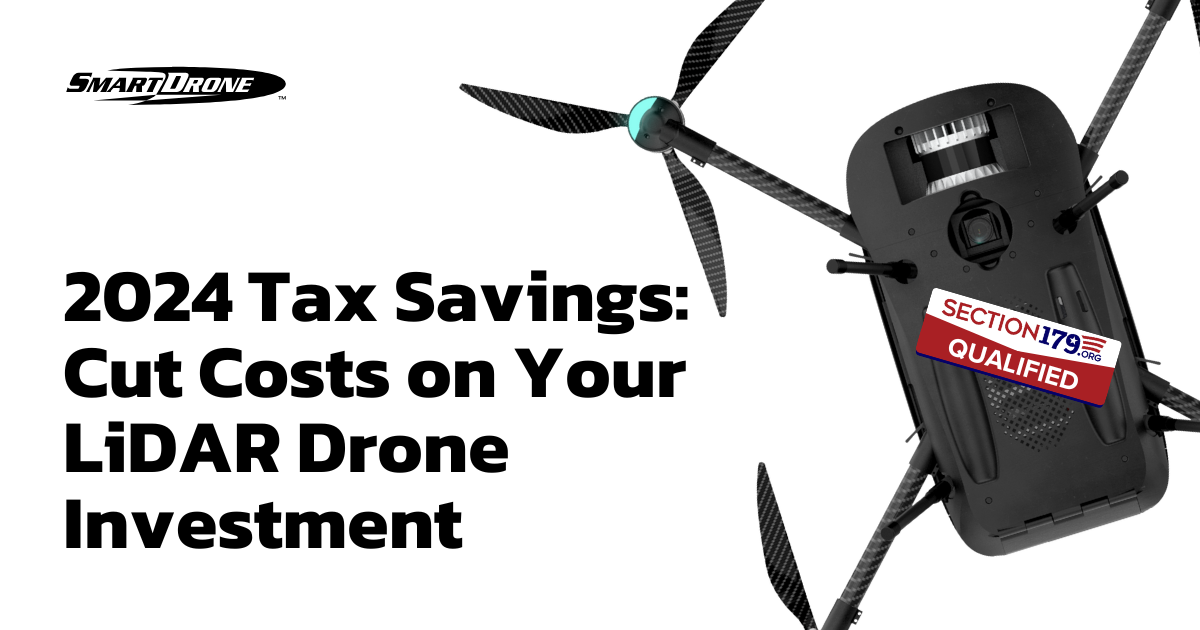In today's fast-paced world, technology is revolutionizing industries across the board, and drone mapping is no exception. With the advent of sophisticated drones equipped with LiDAR sensors and RGB cameras, businesses in land surveying, construction, engineering, mining, aggregate supply, and real estate are reaping significant benefits. One crucial aspect that often drives the decision to invest in drone mapping is the return on investment (ROI). Understanding the financial implications and the ROI of drone mapping can help businesses make informed decisions and maximize their profits. This blog delves into the financial aspects of drone mapping, highlighting the key components that contribute to its ROI.
Understanding Drone Mapping
Before diving into the financials, it's essential to understand what drone mapping entails. Drone mapping involves using unmanned aerial vehicles (UAVs), or drones, to capture high-resolution images and data of a specific area. These images are then processed to create detailed maps and models, including orthomosaics, 3D models, and topographic maps. The technology is particularly beneficial for large and complex sites, offering a faster, safer, and more cost-effective alternative to traditional methods.
Initial Investment Costs
The first step in assessing the ROI of drones is understanding the initial investment costs. These costs typically include:
Drone Purchase: High-quality mapping drones can come with a substantial price tag, ranging from $30K to upwards of $200K. However, they offer advanced features like LiDAR sensors and RGB cameras that are crucial for accurate and effective data collection.Accessories and Software: Additional costs may include accessories and specialized software for processing and analyzing the captured data.
Training: To ensure the effective use of drone technology, training for field application specialists (FAS) is essential. This can involve costs related to training programs and certifications.
Certifications: To legally fly an unmanned aerial vehicle or drone for commercial purposes, you and/or your team must have an FAA Pt. 107 certification.
Key Benefits of Drone Integration
To calculate the ROI of drone mapping, it's crucial to compare the costs mentioned above with the benefits it brings to the business. Here are the key benefits to consider:
Increased Efficiency: Drone mapping significantly reduces the time required to survey large areas. Traditional methods can take weeks, while drones can complete the same task in a matter of days or even hours. This increased efficiency translates into cost savings on labor and project timelines.Improved Accuracy: The high-resolution images and precise data captured by drones result in more accurate maps and models. This accuracy reduces the likelihood of errors, which can be costly to rectify in later stages of a project.
Enhanced Safety: Using drones for mapping eliminates the need for personnel to access hazardous or hard-to-reach areas, reducing the risk of accidents and associated costs.
Better Decision-Making: The detailed and up-to-date information provided by drone mapping enables better decision-making in project planning and execution. This can lead to optimized resource allocation and improved project outcomes.
Example: ABC Surveying and ROI Calculation
Let's consider a practical example to illustrate the ROI of drone mapping. ABC Surveying is hired to survey 100 acres of heavily vegetated land.

Profit Breakdown: Using Traditional Surveying Methods
Using standard terrestrial surveying methods, this would take 4 of ABC's technicians 8 days to complete the survey and process the data.
Bob, the owner of ABC Surveying, pays his technicians $21.65 an hour, and they work 8 hours a day. Here’s the calculation for labor costs using traditional methods:
Number of technicians: 4
Daily wage per technician: $21.65 x 8 = $173.20
Total labor cost per day: 4 x $173.20 = $692.80
Total labor cost for 8 days: $692.80 x 8 = $5,542.40
Since Bob quoted the job at $12,000, his profit after labor expenses would be:
Quoted job price: $12,000
Labor costs: $5,542.40
Profit after labor expenses: $12,000 - $5,542.40 = $6,457.60
Profit Breakdown: Using a Drone for Surveying
Now, let's assume that before this job, Bob purchased a $50,000 LiDAR drone for his company. He hires a technician trained in UAV mapping and quotes the job the same as if he didn’t have a drone. Using the drone, the job requires only one technician and takes 1 day to collect data and 1 day to process it. Here's the calculation for labor costs using drone mapping:
Number of technicians: 1
Daily wage per technician: $21.65 * 8 = $173.20
Total labor cost for 2 days: $173.20 * 2 = $346.40
In this scenario, Bob's profit after labor expenses would be:
Quoted job price: $12,000
Labor costs: $346.40
Profit after labor expenses: $12,000 - $346.40 = $11,653.60
With a drone in operations, Bob’s profit margins from this job would go from 53% using traditional methods to over 97% utilizing a drone for surveying.
Recouping The Investment
Now that we understand the reduction of labor expenses let's calculate how long it will take for Bob to recoup his $50,000.

The difference in profits for this job is:
Profit with traditional methods: $6,457.60
Profit with drone mapping: $11,653.60
Difference in profits: $11,653.60 - $6,457.60 = $5,196.00
How many jobs until Bob starts seeing a return on the drone investment:
Cost of the drone: $50,000
Difference in profit per job: $5,196.00
Number of jobs to recoup investment: $50,000 / $5,196.00 ≈ 9.63 jobs
Therefore, it would take approximately 10 jobs like this one for Bob to start seeing a return on his $50,000 drone investment.
Disclaimer: This example is strictly for demonstration purposes only. No names or numbers represent a real company, person, or job. Actual profits vary and are dependent on many factors.
Hidden Benefits of Drone Integration
Beyond the clear financial savings, incorporating a drone into operations brings several hidden benefits.
Increased Workload Capacity: By cutting down the survey time from 8 days to just 2, Bob frees up his technicians to take on more work more frequently. This enhanced efficiency means that his business can handle a higher volume of projects simultaneously, effectively increasing work capacity and, ultimately, profits. Additionally, reducing the opportunity costs by freeing up technicians allows them to focus on other critical tasks or projects, maximizing productivity.
Improved Customer Service: Moreover, the ability to complete surveys more quickly improves customer service. Bob's clients receive their deliverables on time, every time, which enhances customer satisfaction and can lead to repeat business and positive referrals. Faster project turnaround times can also be a significant competitive advantage, positioning Bob's company as a reliable and efficient service provider in the market.
Returns Across Industries
The ROI on drone mapping isn't limited to land surveyors. Construction managers, civil engineers, mine or quarry managers, aggregate supply plant managers, and more can all see significant returns. Whether the use is for mapping and surveying, cut and fill analysis, site or progress monitoring, stockpile measurements, or real estate development and planning, the benefits are substantial.
For instance, in construction, drones can monitor site progress and ensure that projects are on schedule, reducing delays and associated costs. In mining and aggregates, drones can accurately measure stockpiles, improving inventory management and financial reporting. In real estate development, drones can provide detailed site plans and topographic maps, aiding in better project planning and decision-making. Each application brings its unique set of advantages, contributing to the overall ROI.
Conclusion
The financial benefits of drone mapping are clear. From the initial cost savings to the long-term advantages of increased efficiency, improved accuracy, enhanced safety, and better decision-making, the ROI on drone mapping is substantial. Investing in drone mapping technology, such as the SmartDrone Discovery 3 platform, or hiring a drone services provider can lead to significant financial gains and operational improvements.
As the technology continues to evolve, the potential for even greater ROI will only increase. By understanding the financials and making informed decisions, businesses can harness the power of drones to drive their success and stay ahead of the competition.



